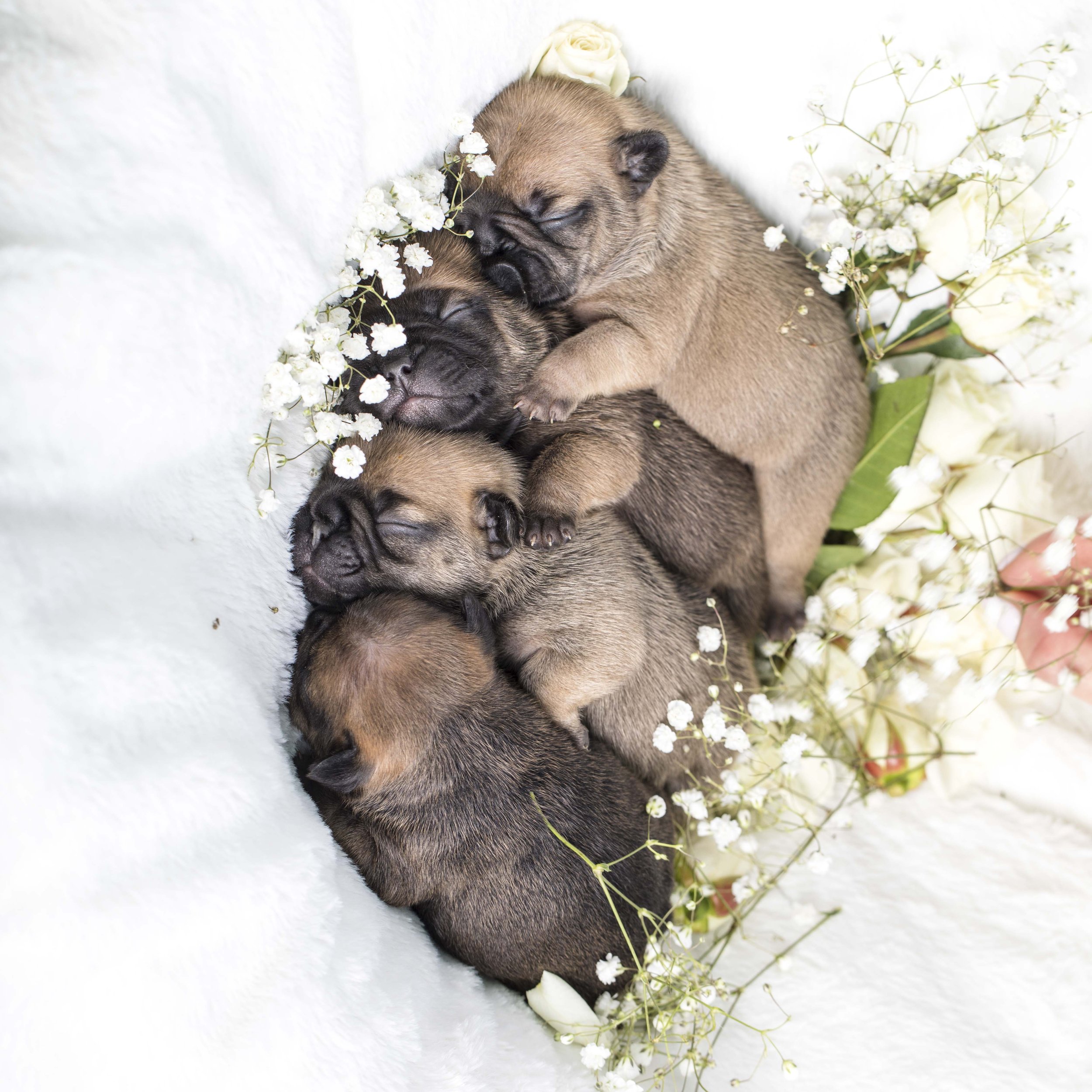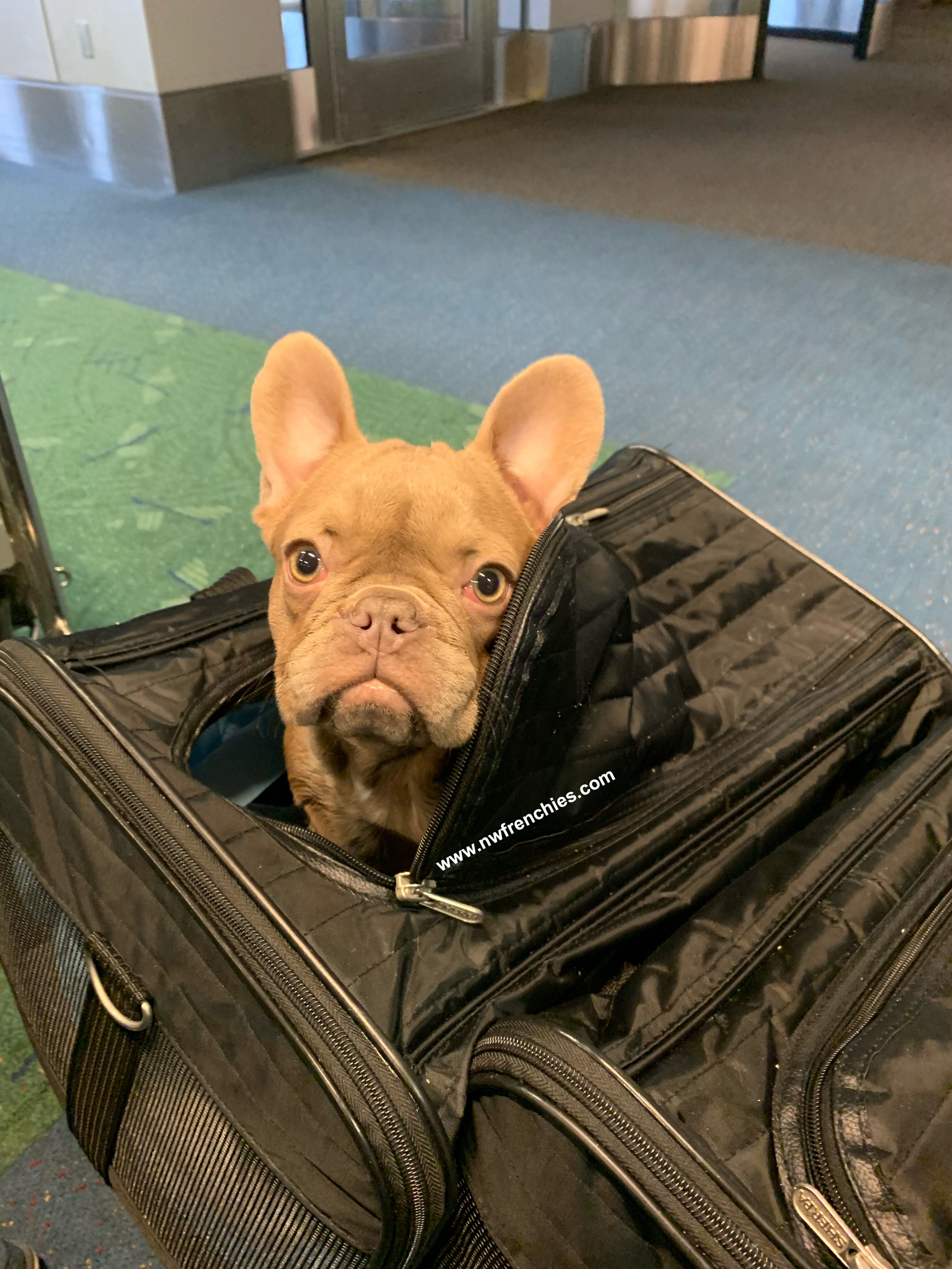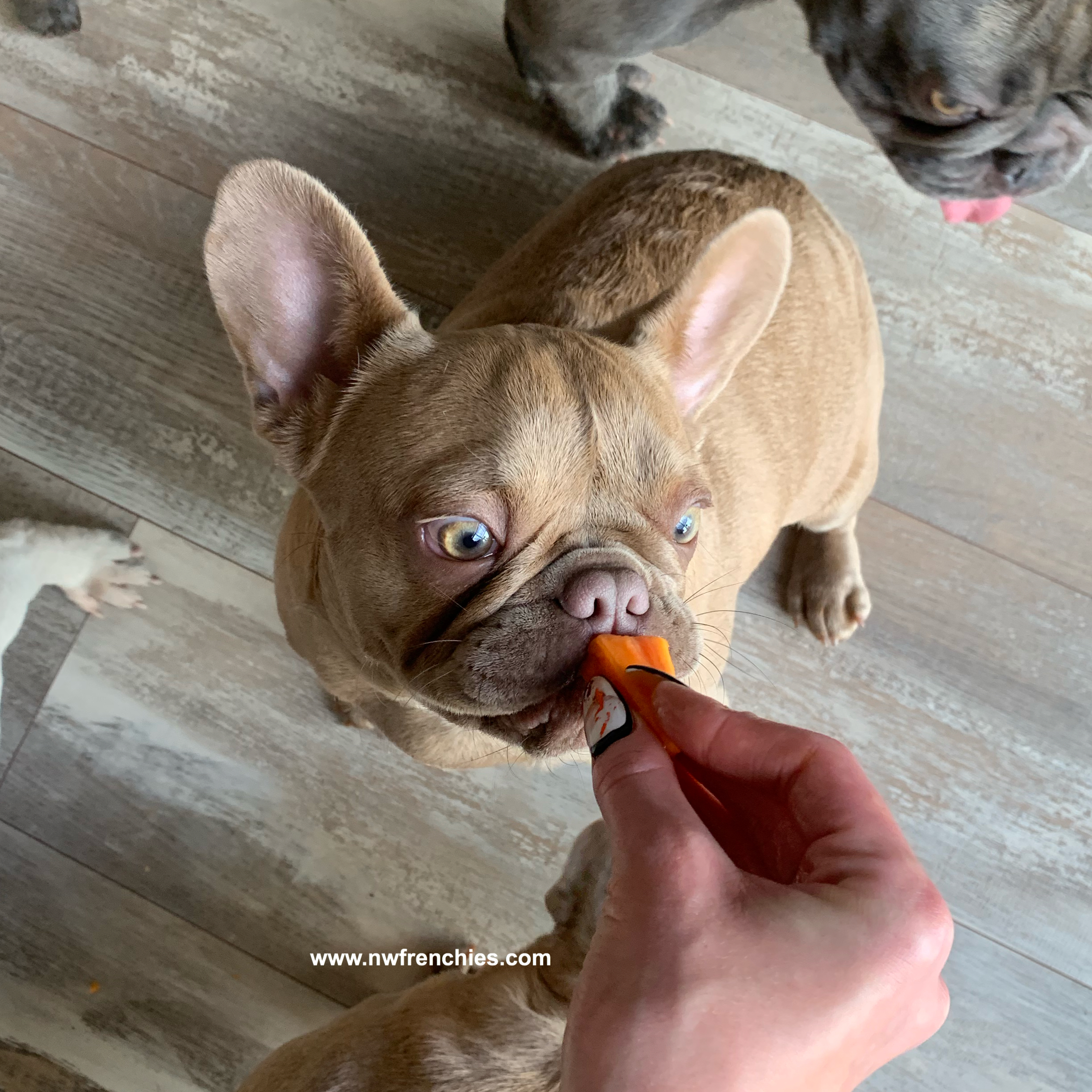As responsible pet owners, we always want what's best for our furry friends. Spaying and neutering are common procedures unanimously recommended by veterinarians for various reasons, but it's essential to consider both sides of the argument before consenting to an irreversible procedure. Here, we'll dive into the pros and cons of these surgeries, giving you a well-rounded view to help you make an informed decision for your beloved pet. Spoiler alert, if you don’t want to read the whole article, jump to the bottom for the To Long Didn't Read summary, you’re welcome;)
Pros of Spaying and Neutering:
1. Population control: Spaying helps control the overpopulation of stray and unwanted animals, reducing the burden on animal shelters and the number of animals euthanized each year.
2. Health benefits: Spaying reduces the risk of uterine infections (pyometra- which can be life threatening and is an intense infection to treat. I have personally had a girl hospitalized for five days due to pyometra), ovarian cancer, and mammary tumors in female animals. Neutering reduces the risk of testicular cancer, cystine crystal formation in intact males, and lowers the incidence of certain prostate problems in male animals.
3. Behavior improvement: Spayed females are less likely to exhibit heat-related behaviors such as yowling, spraying, and roaming to find a mate. Neutered males are less likely to engage in roaming, aggressive behaviors, and marking territory with urine. #IYKYK a bitch in heat is a force not to be reckoned with.
4. Elimination of heat cycles: Spaying eliminates the heat cycle in female animals, which can be a challenging and messy time for pet owners. Albeit, dogs only have a heat (menstruation) once in 6 months, lasting about 10-16 days.
Contrary to popular belief, French Bulldogs CAN naturally tie and mate. In fact, the functionally bred French Bulldogs who can thrust their healthy hips and breathe clearly, has no problem mating without human intervention. While absolutely no moral individual would consciously contribute to animal euthanasia via unplanned reproduction, there truly is another side to this argument.
The cons of Spaying and Neutering:
Surgical Risks: Just like any surgical procedure, spaying and neutering carries inherent risks. There's a possibility of infection, adverse reactions to anesthesia, and, in rare cases, complications during surgery. It's crucial to discuss these risks with your veterinarian beforehand. With brachycephalic breeds especially, we recommend only an experienced vet to perform your surgeries.
Potential Incontinence: In some cases, spaying may lead to urinary incontinence, especially in larger dog breeds. This condition can be managed with medication, but it's still a consideration to keep in mind especially for indoor dogs like French Bulldogs.
Behavioral Changes: While spaying can reduce some undesirable behaviors, it might also lead to changes in a pet's behavior. Some female animals may become more timid or less energetic after the procedure. While neutering often reduces aggressive behaviors. The degree of behavior change varies widely among individual animals. My best friends male French Bulldog completely stopped humping after his neuter.
Luxating Patellas: Luxating patellas occur when the kneecap slides out of its normal position, causing discomfort and mobility issues. It is thought that spaying/neutering at a young age may impact the development of bones and ligaments, potentially increasing the likelihood of this condition.
Hip Dysplasia: Hip dysplasia is a hereditary condition in which the hip joint does not form properly, leading to joint instability and eventual degeneration. While genetics is a factor influencing hip dysplasia, studies suggest that early spaying and neutering might also play a role in its development. The hormonal changes caused by spaying/neutering could affect the timing of skeletal growth and joint development, potentially influencing the occurrence of hip dysplasia.
Growth Plate Issues: Spaying and neutering can alter the timing of growth plate closure, which is critical for proper skeletal development in young animals. If the growth plates close too early due to early spaying/neutering, it may lead to disproportionate bone growth and increased risk of orthopedic problems.
It's important to note that while there is evidence suggesting these potential risks, the relationship between spaying/neutering and orthopedic issues is complex and can vary depending on factors such as breed, size, and the age at which the procedure is performed. I.e. the earlier spay and neuter is performed, the greater the chances for orthopedic complications. Furthermore, these issues can be potentiated by injuries, impoper traction, too much exercise, too little exercise, and too much weight.
Hypothyroidism is a condition where the thyroid gland does not produce enough thyroid hormones, resulting in a range of symptoms such as weight gain, lethargy, skin problems, and changes in behavior. The thyroid hormones play a crucial role in regulating metabolism and maintaining overall health in dogs. Spaying/neutering at a young age, especially before sexual maturity, has a more significant impact on hormonal balance. Gonad removal is the most significant cause for the development of hypothyroidism in dogs. Thirty percent more spayed and neutered dogs develop hypothyroidism compared with intact dogs. The image below is an example of hypothyroidism related hair loss and weight gain.
There is a third option in which we maintain the dogs sterility, while avoiding the negative side effects of spay and neuter. Organ-sparing spay and neuter, is an alternative approach to traditional spaying and neutering. Unlike the conventional procedures, which involve the removal of the entire reproductive organs (ovaries and uterus in females, testicles in males), organ-sparing surgeries preserve at least a portion of the reproductive organs while still preventing reproduction.
Organ-Sparing Spay (Ovary-Sparing Spay):
In an organ-sparing spay for female animals, only the uterus and cervix are removed, while the ovaries are left intact. This procedure is commonly performed in young female dogs to prevent unwanted pregnancies while retaining the beneficial hormonal effects.
Organ-Sparing Neuter:
For males, organ-sparing neuter involves the removal of only a portion of the testicles, leaving the bulk of the testicular tissue intact. This approach still achieves the main goal of neutering, which is to prevent the male from reproducing, while also allowing the retention of some testosterone production.
Ultimately, responsible pet ownership involves weighing the pros and cons, staying informed about current research, and working closely with a qualified veterinarian to make the best decision for your furry companion's health and well-being. Each situation should be tailored to your specific needs and circumstances. Personally, as both a breeder and pet owner, I would choose to delay a traditional spay and neuter by at least 2 years of age. This allows the dog enough time to fully mature and close all growth plates, while simultaneously helping to reduce sexually driven behaviors such as marking and humping by removing the sex hormones altogether once the procedure is completed. This is only my personal opinion, YOU DO YOU my friends. As always, sending all of my love and all of my hugs your way <3
For a scientific explanation to the detrimental effects of spay and neuter, consider the fact that sex hormones like estrogen and testosterone have profound effects throughout the entire body, not just for sexual maturation. These hormones are critically important in the role as a negative feedback signal to the hypothalamus and anterior pituitary gland in the brain. In the intact postpubertal mammal, the hypothalamus secretes gonadotropin releasing hormone (GnRH), which stimulates the anterior pituitary to release luteinizing hormone (LH). LH stimulates the secretion of gonadal hormones, which negatively feedback to the hypothalamus and anterior pituitary to decrease the secretion of GnRH and LH, respectively. Because there is no negative feedback in the gonadectomized postpubertal mammal, LH will remain persistently elevated at supraphysiologic concentrations for the remainder of the animal's life. Source: Dr. Michelle Kutzler
LH is mostly known for causing ovulation. However LH receptors are found throughout the body, and are in significant concentration at the gastrointestinal tract, thyroid gland, adrenal gland, anterior cruciate ligament, and lymphocytes. Spayed and neutered dogs will have a LH level as much as 30 times higher than normal due to loss of sex hormones. It is this unnaturally high level of LH which causes the negative effects discussed above such as hypothyroidism, orthopedic detriment, high cortisol, incontinence, and even lymphoma.
TLDR: Spaying and neutering a dog before they are fully mature can cause luxating patellas, hip dysplasia, growth plate inconsistencies, incontinence, behavioral changes, thin and hyper pigmented skin, hair loss, and low energy, increased weight. Gonad sparing spay and neuter can help keep the hormones (preventing all of the above stated issues) while preventing pregnancy. We absolutely must do our part in preventing unwanted pregnancies and preventing euthanasia of pets due to over population and poor breeding practices. AS A BREEDER, my preference is to do traditional spay and neuter after the last planned pregnancy as the dogs are fully mature, and the removal of hormones past 2 years of age will not cause as much of a significant detrimentation to their health, while removal of hormones significantly helps mood swings and aggressive behavior in cycling bitches and seeking out/restless/marking/humping behavior in males. As a responsible pet owner, I would seriously consider gonad sparing spay/neuter especially in situations where the dog is always under supervision, and/or not in frequent contact with menstruating females.
Reading: https://doi.org/10.3390/ani10040599
See Our French Bulldog Puppies for Sale here: www.nwfrenchies.com/availabull
Stud Service HERE
Follow Our French Bulldog puppy adventures on Instagram, Facebook, Pinterest, and YouTube








































































